Are Smart Cities the Future or Just Tech Giants' Playground? smart city dangers
- Dennis Asis

- Aug 25
- 4 min read
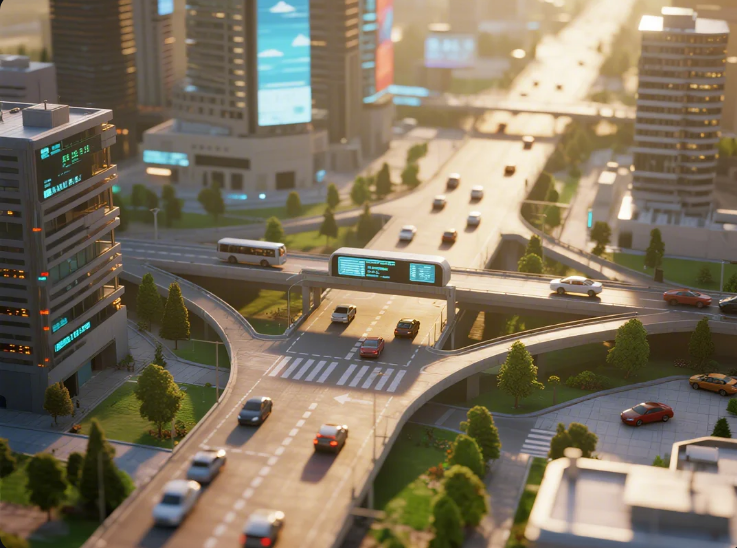
In recent years, smart cities have transformed from a theoretical idea to a pressing reality. They promise to revolutionize urban living by making cities more efficient and sustainable. With rapid advancements in technology, urban planners and governments are eager to integrate smart solutions into city infrastructure. However, as tech giants like Google, Amazon, and Microsoft step into this arena, a critical question emerges: Are smart cities the future of urban living, or do they serve as playgrounds for corporations seeking to control our daily lives?
What Are Smart Cities?
Smart cities utilize advanced technology to improve the quality of life for residents. This includes smart traffic lights that reduce congestion by adjusting their timing based on real-time traffic flow or air quality sensors that provide accurate data on pollution levels. Smart traffic signals promising to gain reduction in travel time for commuters. The ultimate goal is to create urban environments that are efficient, sustainable, and enjoyable to live in.
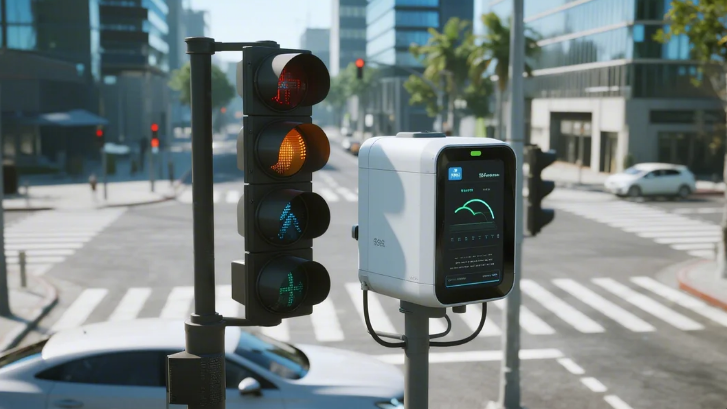
Yet, the reliance on these technologies often presents challenges. Many solutions are developed and maintained by large tech companies, which raises concerns about data privacy, surveillance, and the potential for monopolistic practices. Without careful attention, the benefits can come at a significant cost to individual freedoms.
The Role of Tech Giants
Tech giants are not simply observers in the smart city movement; they are often leading the charge. For instance, Their labs aimed to develop a high-tech neighborhood , emphasizing innovation in urban planning. However, the project faced significant pushback due to concerns over data privacy and the corporate control of public spaces. Critics argued that such initiatives could prioritize profits over the genuine needs of the community.
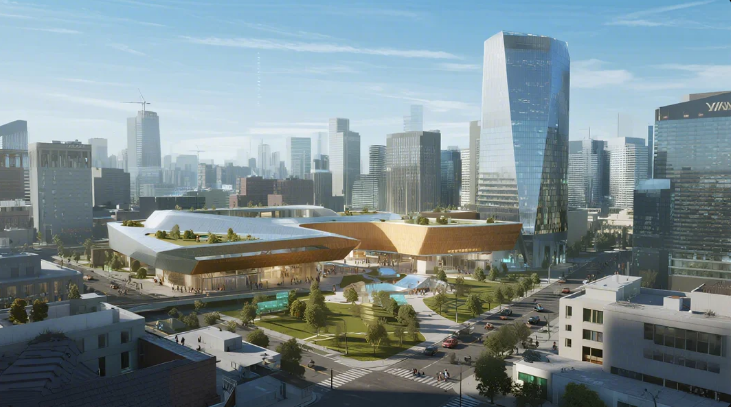
The involvement of these companies asks whether smart city initiatives are primarily designed to enhance urban life for residents or if they mainly focus on corporate profits and extensive data collection. smart city dangers
The Dystopian Angle
While "dystopia" often evokes images of authoritarian regimes, in the context of smart cities, it can represent a more nuanced form of control. As urban areas become interconnected through technology, the potential for surveillance escalates.

Envision a city where every movement is monitored, every purchase is tracked, and every conversation is analyzed. This scenario may sound far-fetched, but it is a tangible reality if tech giants are allowed to dictate the nature of urban living. Convenience from smart technologies can come with serious implications for our privacy and autonomy.
Data Privacy Concerns smart city dangers
One of the most pressing issues surrounding smart cities is data privacy. The ever-increasing number of sensors and cameras collect vast amounts of information about individuals' activities. This data can be used for various purposes, such as improving city services or conducting targeted advertising.
However, a fundamental question arises: who owns this data? In many cases, it is the tech companies that gather and manage it, creating a power imbalance. They gain access to personal information that can be exploited for profit, leaving residents vulnerable.
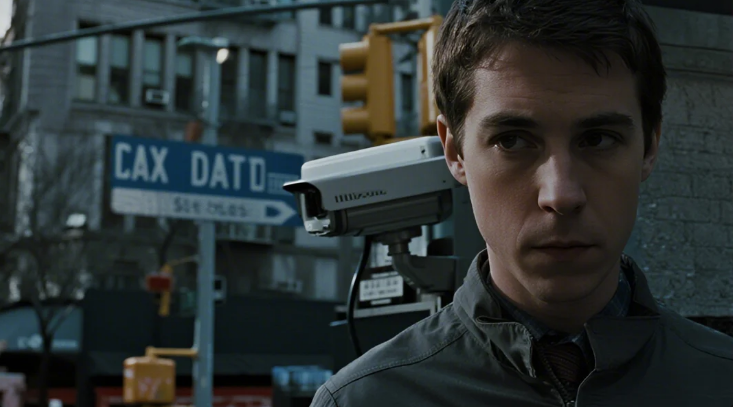
The Promise of Sustainability
On the positive side, smart cities hold the potential for sustainability. By using technology to optimize energy consumption, reduce waste, and enhance public transportation, cities can become greener. Smart cities proven to had reduction in energy consumption by efficiently managing resources and encouraging responsible usage.
But can we rely on tech giants to prioritize sustainability over profit? While many companies promote their eco-friendly initiatives, critics argue that these efforts often focus on marketing rather than a genuine commitment to protecting the environment.
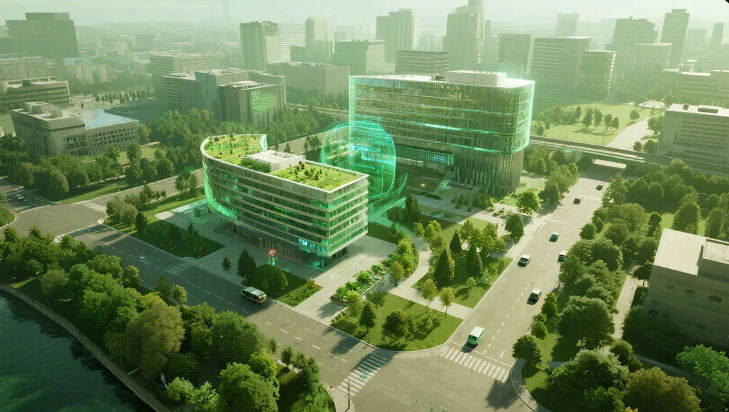
Community Engagement and Inclusion
Another vital aspect of smart city development is community engagement. Successful smart city initiatives must incorporate the voices of residents. However, the involvement of large tech companies can complicate this process.
When decisions are made in corporate boardrooms without resident input, vital community needs can be ignored. This disconnect can lead to technologies that don’t truly serve the populace. For instance, in various cities, feedback from residents has shaped specific applications, leading to solutions that resonate with their actual needs and priorities.
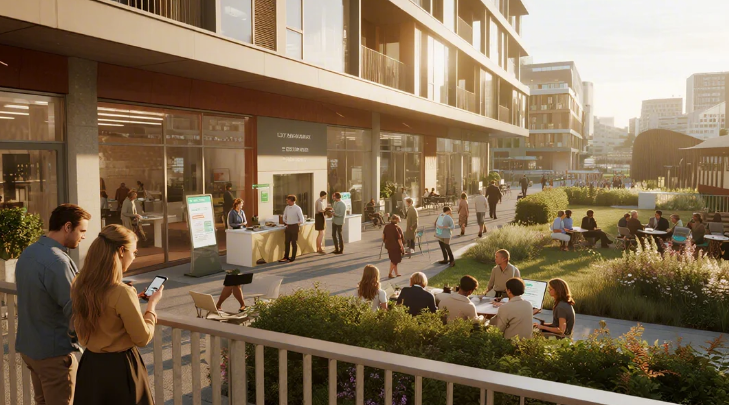
The Need for Regulation
To address the challenges of smart city development, robust regulation is crucial. Governments need to create clear guidelines that protect citizens' rights and ensure technology serves the public interest. This includes addressing data privacy concerns, promoting transparency, and fostering genuine community engagement.
Without stringent regulations, smart cities risk becoming tools of surveillance rather than platforms for innovation. It is essential to establish frameworks that empower citizens while allowing for technological growth.

The Path Forward
The conversation around smart cities remains complex and ongoing. While the potential benefits of technology in urban planning are clear, the risks tied to corporate control and data privacy cannot be overlooked.
As we move forward, it is essential to strike a balance between innovation and ethical considerations. Smart cities should enhance our lives without compromising our privacy or independence.
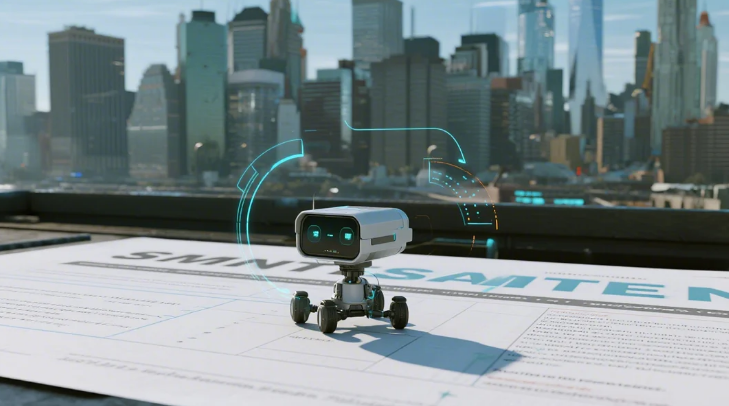
The future of urban living hinges on how we confront these challenges. Will we permit tech giants to dominate urban planning, or will we advocate for a more inclusive approach to smart city development? The choice rests with us.
Head over to our Resource Section for more insights and useful references.





Comments